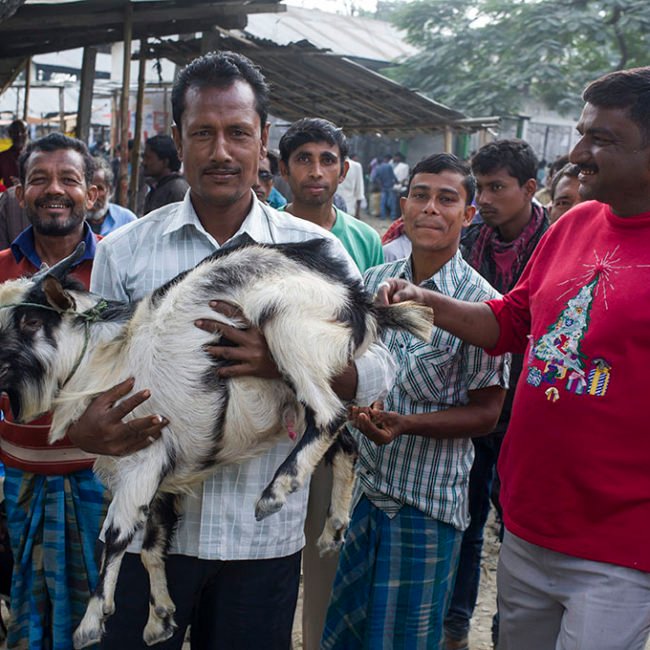TOUR CODE: AS-015: 1 Sister # ASSAM
TOUR CODE: AS – 015
TOUR DURATION: 4N & 5D
STATES COVERED: ASSAM
DESTINATIONS ENVISAGED: DIBRUGARH 2N + TINSUKIA 2N with Dibru Saikhowa NP visit
(EX-DIBRUGARH PACKAGE)
IDEAL FOR :
FAMILY TRAVELLERS, EXPERIENTIAL TRAVELLERS,INBOUND
BEST TIME :
ALL THROUGH THE YEAR EXCEPT DURING MONSOON (JUNE TO SEPTEMBER)
CLIMATIC CONDITIONS:
With the “Tropical Monsoon Rainforest Climate“, Assam is temperate (summer max. at 95–100 °F or 35–38 °C and winter min. at 43–46 °F or 6–8 °C) and experiences heavy rainfall and high humidity. … Spring (Mar–Apr) and autumn (Sept–Oct) are usually pleasant with moderate rainfall and temperature.
Best time to visit Assam is during the months of winters and summers, i.e.: November to March. Winters in Assam are chilling but enjoyable, and summers are delightful and refreshing. Try to avoid monsoon season, because heavy rains at times lead to inconveniences.
OVERVIEW :
This is a cultural experience of Assam
(TOUR MAP)











